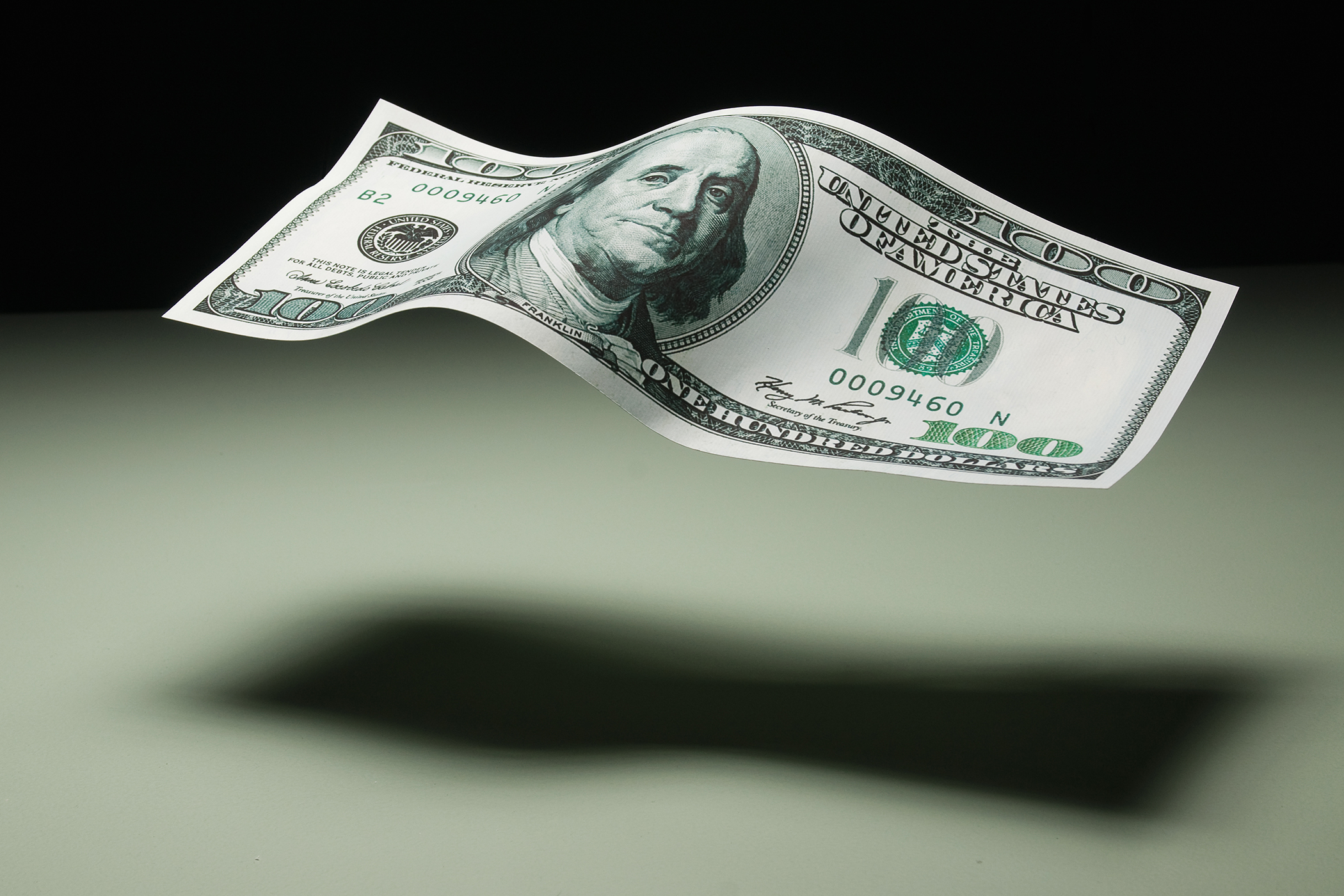
Why are intra-bank lending rates, or LIBOR rates, rising, when monetary policy hasn’t changed?
Ok, that’s a wonky question. But the answer has big implications for everything from stock prices to your retirement portfolio to the interest rates you might pay on your house or car. Over the last three months, intra-bank lending rates have risen by about twenty basis points, or 0.20%. In the world of lending, that’s quite a large jump. And the sort of jump that makes me worried, because when rates go up, it typically means that financial institutions are concerned about some potential downside in the market that will increase their own risk.
So, put another way, what’s happening right now to make those bankers scared? In 2014, new financial regulation was introduced to prevent runs on money market funds–money market funds, unlike bank deposits, aren’t insured by the FDIC. But they are used to create a lot of daily liquidity in the market. They tend to be owned by any number of individual and institutional investors. Back in 2008, a couple of these funds “broke the buck,” or were unable to pay back investors all of their money, thanks to the turmoil of the financial crisis.
Financial regulators worried that money markets might be ground zero for the next financial crisis, so they started to craft rules to help prevent that from becoming the case. The new regulation, which goes into effect in just one month, would require various funds to have fees and “gates,” to make it tougher for investors to pull their money out of such funds in the case of a panic run. The idea is to make money market funds less vulnerable to “breaking the buck.”
But many big institutional investors and some retail investors don’t want to pay the fees or deal with the new rules, and so they are moving money out of prime money market funds. According to the Office of Financial Research, the body set up to look at potential vulnerabilities in markets post 2008, such funds have lost about $800 billion since the end of 2015. Much of the money is going into government T-bills, and funds that don’t have such restrictive rules. (If, like me, you enjoy geeking out on such things, the OFR has amazing graphics illustrating all this, and you can drill down to where the money is going on a fund by fund basis.)
Because such prime money market funds have in the past been big buyers of LIBOR products from banks, there’s now less interest in these products, and prices for lending are, as a result going up. What would be worrisome about that? About 98 % of the interest rate derivatives and swaps markets–that’s right, those “weapons of mass financial destruction” that Warren Buffett warned about–are pegged to LIBOR rates. If they keep rising, as they very well might in the run up to the October adoption of the new money market regulation, then people on the wrong side of those derivative deals—hedge funds, commercial lenders, even banks that lend to small businesses–could be caught out. That would possibly create a ripple effect in markets at a time when they are nervous anyway, awaiting a decision from the Fed about a possible interest rate hike.
Unfortunately there’s not too much that the average investor can do about this, aside from keep their assets in a blue chip index fund and some cash. And then wait. But it’s a reminder that even when the market environment seems relatively benign, the complexity of the international financial system means that there can be dangerous currents brewing below the surface.
More Must-Reads from TIME
- Donald Trump Is TIME's 2024 Person of the Year
- Why We Chose Trump as Person of the Year
- Is Intermittent Fasting Good or Bad for You?
- The 100 Must-Read Books of 2024
- The 20 Best Christmas TV Episodes
- Column: If Optimism Feels Ridiculous Now, Try Hope
- The Future of Climate Action Is Trade Policy
- Merle Bombardieri Is Helping People Make the Baby Decision
Contact us at letters@time.com